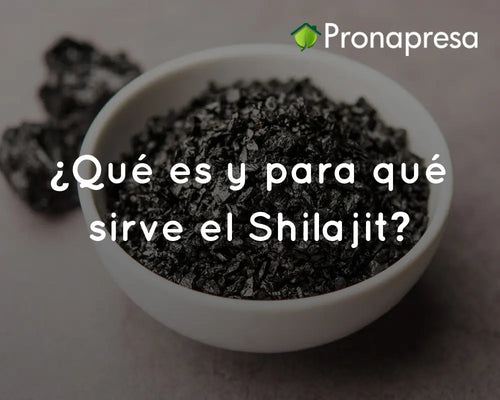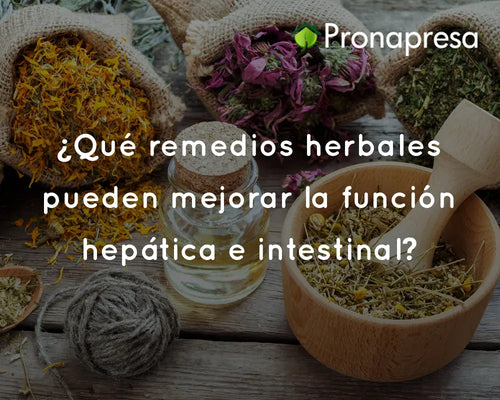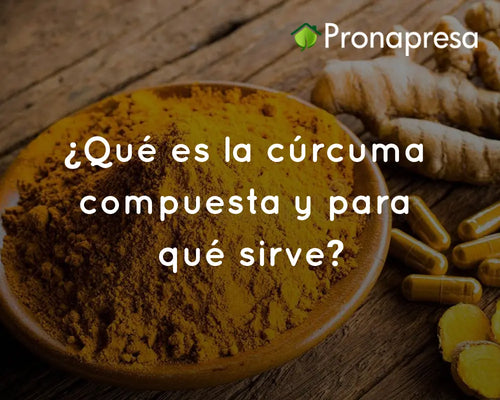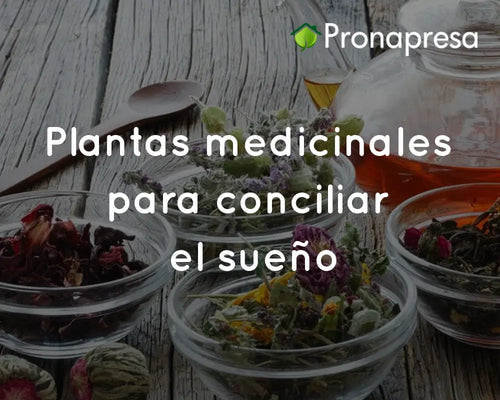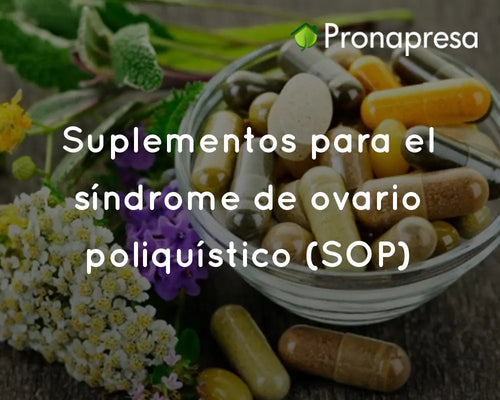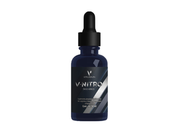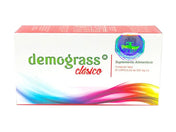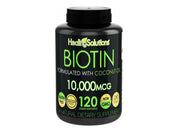
History and Description of Milk Thistle
Milk thistle is a thorny plant with serrated leaves and purple flowers that belongs to the Asteraceae family. It is widely known for its fruit, which contains an active ingredient called silymarin. Silymarin is a flavonoid compound with antioxidant and anti-inflammatory properties that are believed to be responsible for many of the health benefits associated with milk thistle.
The history of milk thistle use dates back to ancient Greece and Rome, where it was used to treat a variety of liver and gastrointestinal conditions. In the Middle Ages, it became a popular plant in European herbal medicine and was used to treat liver and biliary problems. During the Renaissance, milk thistle remained a common remedy, and its use spread to other parts of the world as its therapeutic benefits were recognized.
Health Benefits of Milk Thistle
Milk thistle has been the subject of numerous scientific studies that have confirmed its health benefits.
1. Support Liver Health
One of the most widely recognized benefits of milk thistle is its ability to maintain liver health . Silymarin, the active compound in milk thistle, has antioxidant properties that help protect the liver from damage caused by free radicals. Silymarin has also been shown to stimulate liver cell regeneration, which may be beneficial in cases of liver diseases such as cirrhosis and hepatitis.
2. Protection against Toxins
Milk thistle has been shown to be effective in protecting the liver against toxins, including exposure to chemicals and environmental toxins. This makes it a useful remedy for people who work in environments where they are exposed to harmful chemicals or who consume excessive amounts of alcohol and other toxic substances.
3. Improves Digestion
Milk thistle has been traditionally used to relieve digestive problems such as indigestion and heartburn. It can help stimulate bile production, which improves fat digestion and eases the overall digestive process.
4. Cholesterol Reduction
The silymarin in milk thistle may also be beneficial for people with high cholesterol levels. This compound has been shown to reduce LDL ("bad") cholesterol levels and help maintain a healthy balance between HDL and LDL cholesterol in the body.
5. Diabetes Support
Some studies suggest that milk thistle may help people with type 2 diabetes by improving insulin sensitivity and lowering blood sugar levels. This may be especially beneficial for people looking for natural approaches to managing their diabetes.
6. Anti-inflammatory properties
Milk thistle has been shown to have anti-inflammatory properties, which may be beneficial for a wide variety of health conditions. Chronic inflammation has been linked to numerous diseases, from heart disease to cancer, and milk thistle may play a role in reducing inflammation.
7. Anticancer Properties
Although research is in its early stages, some studies have suggested that silymarin in milk thistle may have anticancer properties. This compound has been observed to inhibit the growth of cancer cells in several types of cancer, including breast, prostate, and colon cancer.
8. Protection against the Effects of Aging
Milk thistle's antioxidant properties may help combat the effects of aging by reducing oxidative stress in the body. This can have benefits for skin, eye health, and overall health as we age.
9. Kidney Health Support
In addition to its impact on liver health, milk thistle has also been studied for its potential to protect kidney health. It may help prevent and treat various kidney diseases by reducing inflammation and oxidative stress in the kidneys .
10. Allergy Symptom Relief
Some studies suggest that milk thistle may help relieve allergy symptoms by reducing inflammation and the body's allergic response. While it's not a substitute for conventional treatments, it may be useful as a supplement for people with seasonal allergies.
11. Mental Health Support
Milk thistle may also have mental health benefits. Some studies have shown that silymarin may help reduce symptoms of anxiety and depression by improving brain function and reducing inflammation.
Uses and Ways to Consume Milk Thistle
Milk thistle can be consumed in a variety of ways, and the choice of method will depend on your health goals and personal preferences. Some of the most common ways to consume milk thistle include:
1. Milk Thistle Supplements
Milk thistle supplements are the most common way to consume this herb for therapeutic purposes. They are available in capsule, tablet, or liquid extract form. The recommended dosage may vary depending on the manufacturer and the specific health condition being treated, so it's important to follow the package directions or consult a healthcare professional.
2. Milk Thistle Tea
Milk thistle tea can be prepared from the plant's seeds. To make it, simply add milk thistle seeds to hot water and let them steep for a few minutes. This tea has traditionally been used to treat digestive problems.
3. Seed Consumption
Milk thistle seeds can also be consumed directly, either by chewing them or mixing them into food. However, their bitter taste may not be to everyone's taste.
4. Liquid Extract
Milk thistle liquid extract is a concentrated form of the herb and can be mixed with water or other beverages. It's a convenient option for those who prefer not to take capsules or tablets.
It's important to note that before starting to use milk thistle therapeutically, it's advisable to consult a healthcare professional, especially if you're taking medication or have a pre-existing medical condition. Milk thistle can interact with certain medications, and it's essential to ensure its safe and appropriate use.
Milk thistle is an herb with a long history of therapeutic use and a growing scientific evidence base supporting its health benefits. From protecting the liver to reducing inflammation and improving digestion, this plant offers a wide range of benefits for those seeking natural healthcare options.
Milk thistle can be a valuable tool for promoting and maintaining health, but its use should be informed and supervised.










